By John Hart
Sight-reading is the reading and performing of a piece of music, especially when the performer has not seen it before. It’s a musical skill that develops over a long period of time, and requires diligent practice and much patience. Many beginning pianists mistakenly believe that their sight-reading skill will develop as they continue playing the same pieces over and over again. The truth is – excellent sight-reading skill develops more quickly when the student frequently becomes engaged with new music.
Here are a few practical suggestions for the development of music sight-reading skill:
- As much as possible, keep your eyes on the music, not on the keyboard. (It’s similar to developing typing skill: if you don’t look at your hands, you can type faster!)
- Focus on the direction of the notes. (Did the note move up or down? Did it move to a line or a space, etc.)
- Take some time each day to memorize the names of notes, as well as their position on the piano. (Each written note has a specific place on the piano where it is played.) With all the new technology that is available to us these days, it is very easy to find an application for practicing this skill. One of my favorites for the Ipad is called, “Music Reading Essentials v2.1” by Apricot Digital Publishing. Another is called “Piano Tutor” by Smileyapps.com. I use this one for intermediate and advanced students.
- Other than your recital pieces, don’t become overly concerned with playing all your pieces at 100% perfection. A good performance is only one aspect of musicianship; the other is on-going skill development. Some piano teachers advocate the use of a sight-reading book for daily practice which enables the student to develop sight-reading skill sequentially.
Suggested Apps:

